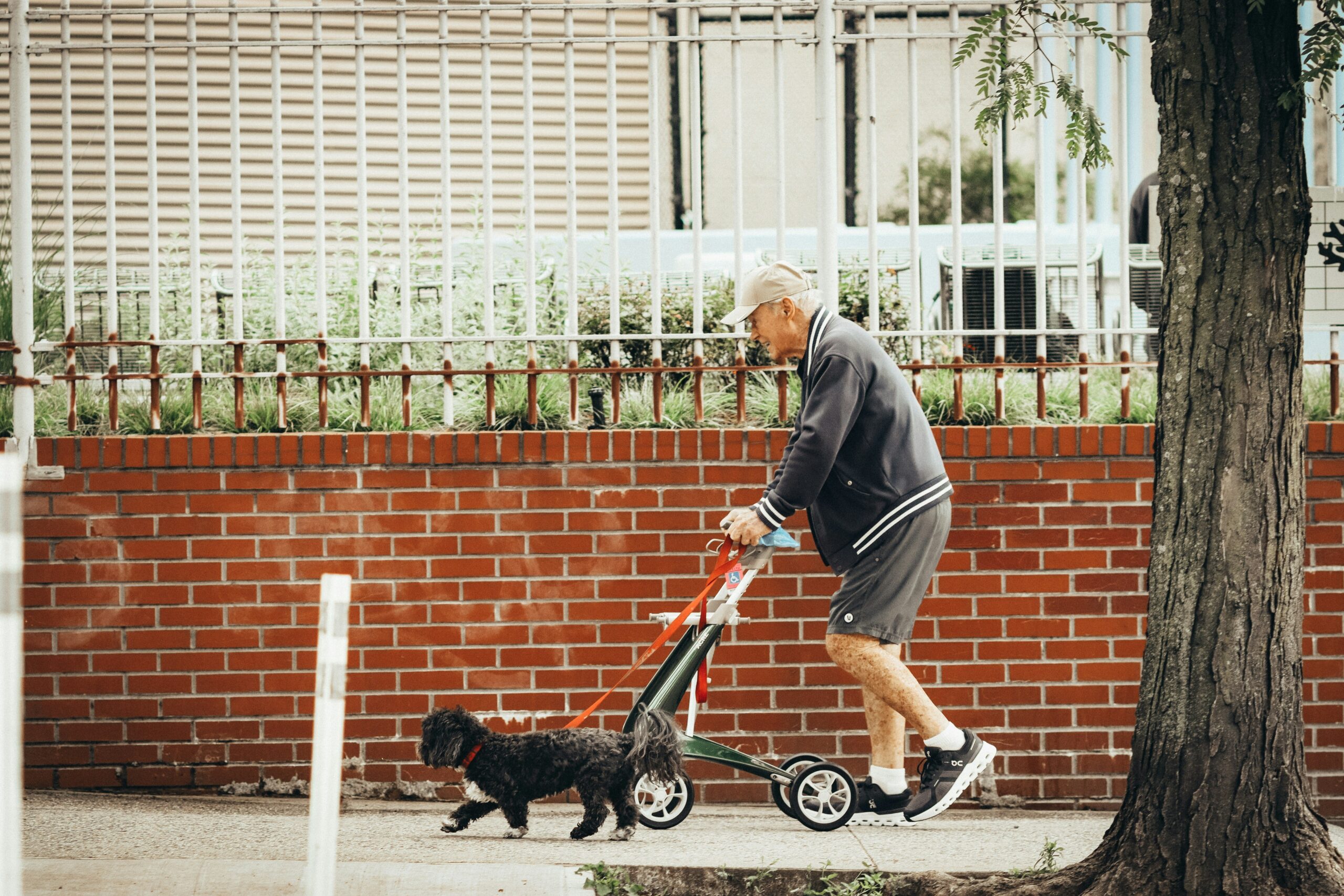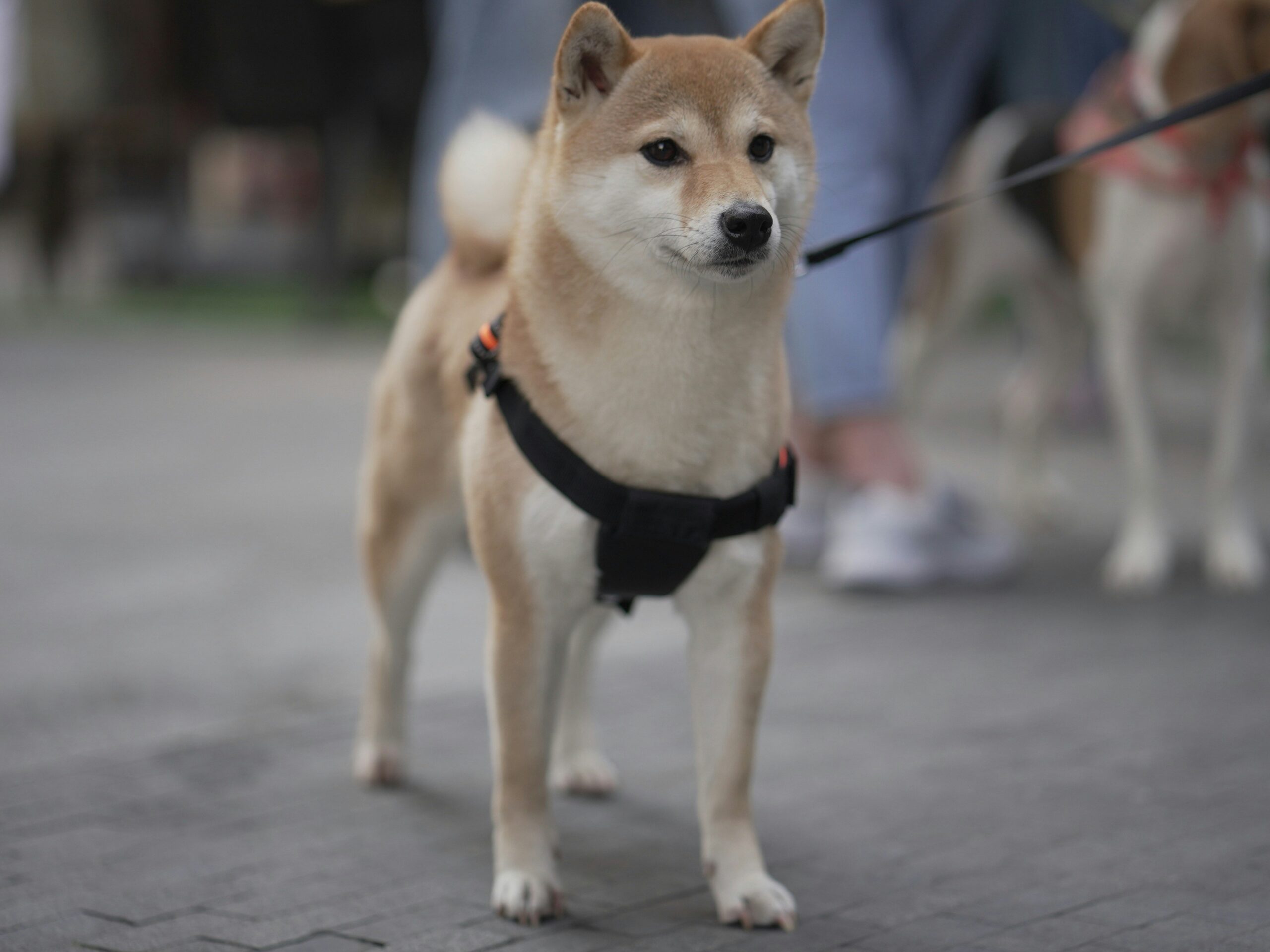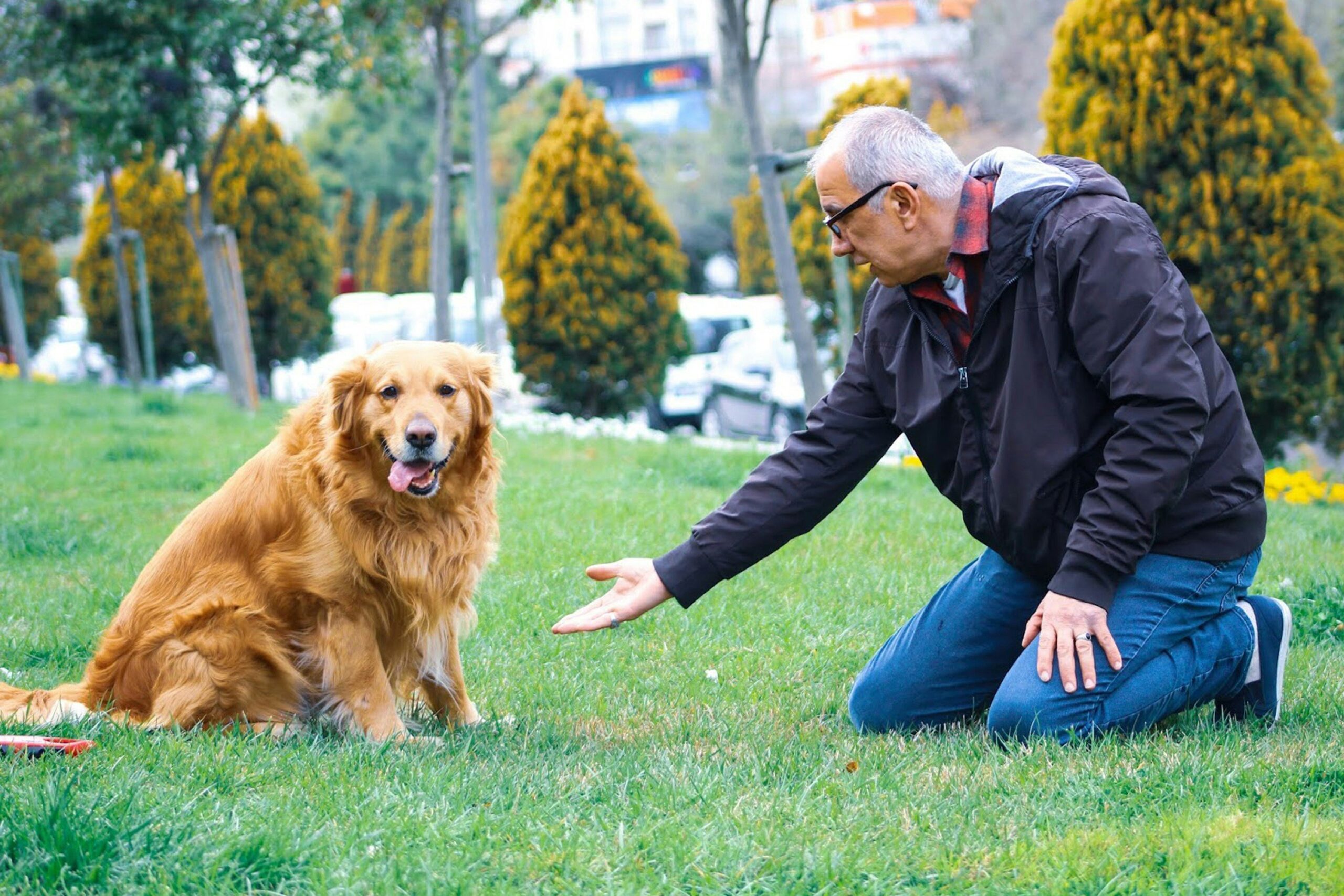“Ever looked into the eyes of a retired support dog and wondered, ‘Did I do enough for them?'” It’s a question that hits hard when your loyal guide transitions from service to retirement. After years of dedication, how do we give back to these four-legged heroes?
In this post, you’ll uncover not only the emotional journey but also concrete steps to ensure your support dog enjoys a fulfilling retirement. We’ll dive deep into understanding their needs, creating routines, addressing health concerns, and even celebrating their legacy. Let’s get started!
Table of Contents
- The Emotional Weight of Support Dog Retirement
- Step-by-Step Transition Plan
- Tips for Supporting Your Retired Guide Dog
- Real-Life Stories of Retiring Support Dogs
- Frequently Asked Questions About Support Dog Retirement
Key Takeaways
- Understand the physical and emotional changes in retiring guide dogs.
- Create a structured yet flexible routine to ease the transition.
- Prioritize veterinary care and mental stimulation during retirement.
- Celebrate your dog’s service and adapt to their changing needs.
The Emotional Weight of Support Dog Retirement
Picture this: You’ve spent almost a decade relying on your guide dog as your eyes, companion, and anchor in unfamiliar environments. But now, they’re slowing down. Arthritis sneaks in, stamina wanes, and one day, your trainer says, “It’s time.”
Rant Alert: The world doesn’t talk nearly enough about support dog retirement. Sure, everyone loves cute puppy pics, but what happens after the harness comes off? Spoiler alert—it’s an adjustment period for both human and canine.
This shift isn’t just physical; it’s emotional. Imagine going from being someone’s lifeline to suddenly having no job title. Studies show that retired working dogs often experience confusion or anxiety if their new roles aren’t clearly defined.

Step-by-Step Transition Plan for Support Dog Retirement
Optimist You:
“Follow these steps, and your pup will thrive!”
Grumpy You:
“Ugh, fine—but only if treats are involved.”
- Evaluate Their Current State: Work closely with a vet to assess mobility, joint pain, and energy levels.
- Create a New Routine: Establish a predictable daily schedule that balances rest and play.
- Introduce Enrichment Activities: Swap out active tasks for sniffing games, puzzle toys, or gentle walks.
- Update Living Spaces: Add orthopedic beds, non-slip mats, and easy-access areas around the house.
- Reinforce Their Identity: Praise them consistently for who they are—not what they did.
Tips for Supporting Your Retired Guide Dog
- No More Harness Drama: Remove all work gear completely. They’re officially off duty!
- Diet Adjustments: Consult your vet about senior-specific nutrition plans.
- Socialize Safely: Arrange meetups with other dogs—but keep interactions low-key.
- Celebrate Milestones: Throw a party (or bake some peanut butter cookies) to honor their service.
Terrrible Tip Disclaimer: Don’t let them laze around too much. While downtime is essential, excessive boredom can lead to behavioral issues. A good balance is key!
Real-Life Stories of Retiring Support Dogs
Case Study #1: Buddy’s Gentle Farewell
Buddy, a golden retriever who served his visually impaired owner for eight years, struggled initially without structure. His handler, Sarah, introduced scent-tracking games to rekindle his love for exploration while allowing him to slow down physically. “Now he spends hours sniffing the garden instead of navigating city streets,” she says proudly.
Case Study #2: Max Finds Joy Again
Max, a German Shepherd, coped with arthritis by switching to hydrotherapy sessions twice a week. According to his owner, Mike, “He still looks forward to our outings, even if it’s just floating in the pool.”

Frequently Asked Questions About Support Dog Retirement
Q: When should I retire my support dog?
A: Typically between 8-12 years old, depending on breed, health, and performance metrics.
Q: Can I adopt another guide dog immediately?
A: Yes, but make sure your current dog has fully adjusted first.
Q: What are signs my dog is struggling emotionally?
A: Watch for lethargy, aggression, excessive barking, or loss of interest in activities.
Conclusion
Honoring your guide dog’s retirement is the ultimate act of gratitude for their unwavering loyalty. By following the steps outlined above—crafting a smooth transition plan, prioritizing their comfort, and embracing their quirks—you’re ensuring their golden years shine brightly.
As promised earlier, here’s your quirky haiku:
Paws once held a leash, Now dance lightly through life's end— Loyal hearts forever.



